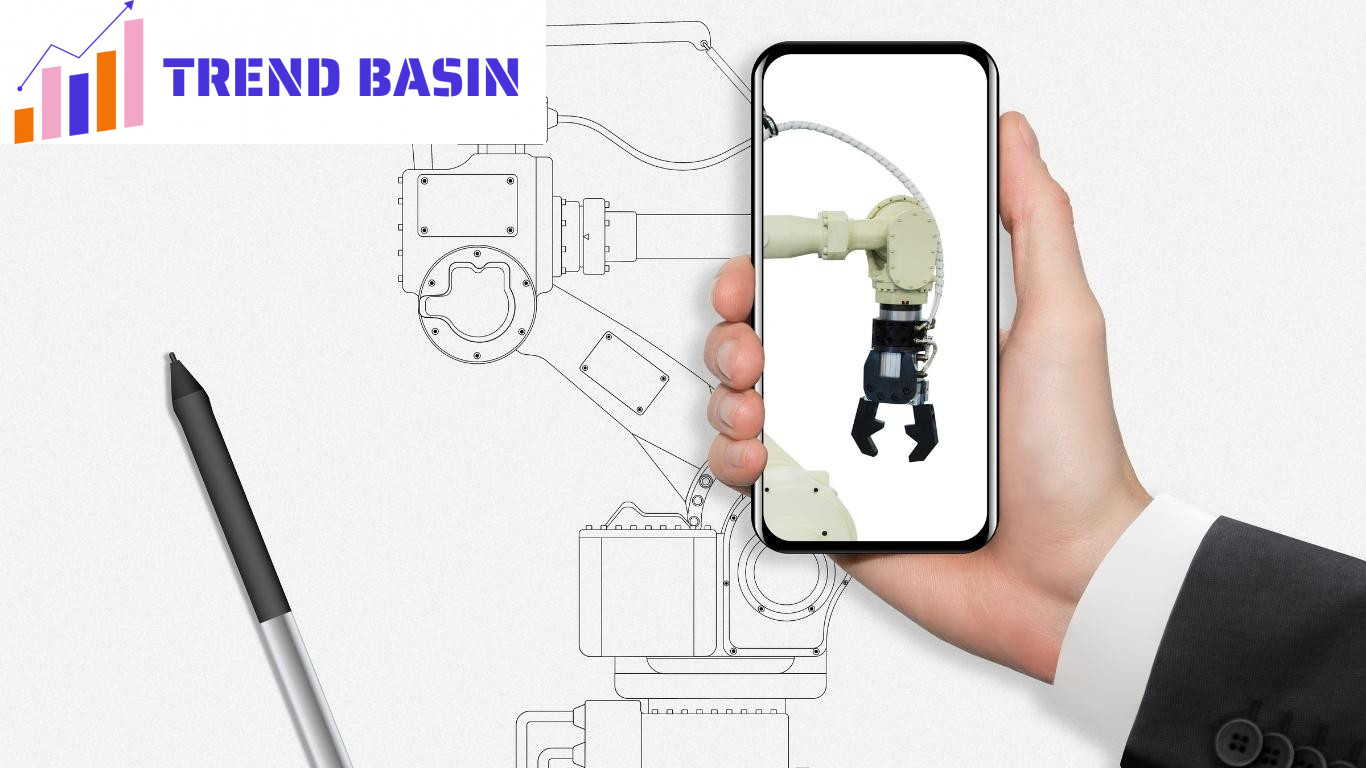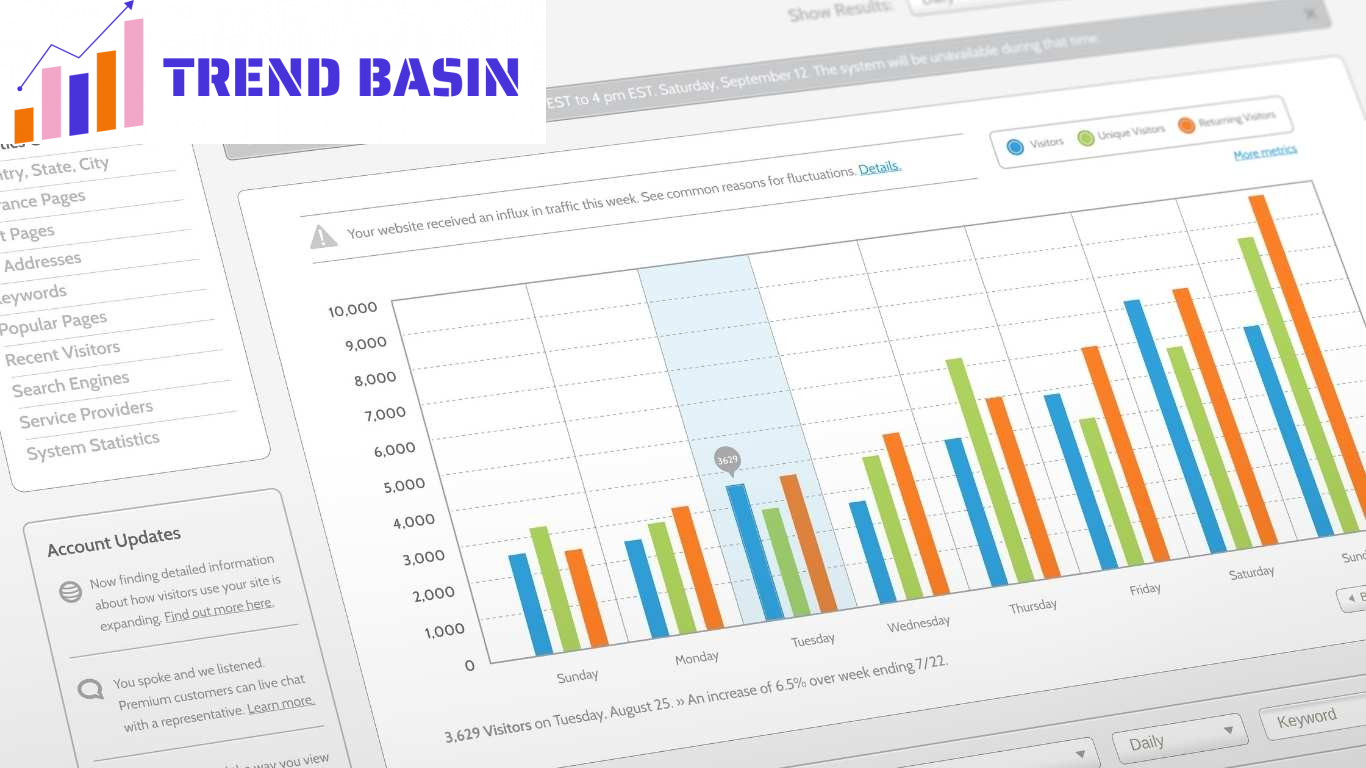The Role of Augmented Reality in Modern Web Design
In recent years, Augmented Reality (AR) has emerged as a key player in transforming the digital landscape. No longer confined to gaming or high-tech apps, AR has now entered the world of web design, creating a new realm of immersive, interactive experiences for users.
Today, businesses are using AR to make their websites more engaging, allowing users to visualize products, interact with content, and engage in dynamic ways that were once unimaginable. Here’s how AR is reshaping web design and why it’s quickly becoming a powerful tool for businesses.
1. Enhanced User Engagement Through Immersive Experiences
AR introduces an element of interaction that traditional web design cannot match. With AR, users can explore virtual elements in their real world—like trying on clothes, previewing furniture in their living rooms, or testing out makeup shades. This unique blend of real and virtual worlds keeps users engaged and encourages them to spend more time on the website.
For instance, a furniture retailer’s website with AR integration allows customers to see how a couch might look in their own living room, creating an experience that is both interactive and highly personalized.
Why it matters: AR’s immersive nature builds a deeper connection with users. They’re no longer just browsing; they’re participating in the experience, which increases engagement and keeps them interested in the brand.
2. Improved Customer Experience with Virtual Try-Ons and Product Visualization
Online shopping often suffers from the inability to physically examine products. This limitation can be a barrier for many customers, especially when buying clothing, accessories, or home décor. AR addresses this issue by enabling virtual try-ons, where customers can see how products look on them or in their spaces before making a purchase. For instance, a clothing retailer might allow users to see themselves in a new jacket through their smartphone camera.
Real-life example: The beauty industry has fully embraced this technology, with brands like Sephora using AR to let customers try out makeup virtually, seeing shades on their own skin tones before buying. This makes the shopping experience far more satisfying and removes much of the uncertainty associated with online shopping.
3. Boosting Conversion Rates Through Interactive Product Demonstrations
When users can interact with a product, they are more likely to make a purchase. AR allows for engaging demonstrations where customers can experience products in ways that build confidence in their buying decisions. For example, an electronics website might offer a 3D AR feature to show how a device works and fits within different settings.
How it helps: Providing customers with interactive, 3D views of products builds trust. It allows them to visualize and understand the product in a way that static images and descriptions simply can’t match, leading to higher conversion rates and a decrease in product returns.
4. Unique Branding and Differentiation
In a crowded digital marketplace, standing out is vital. Integrating AR into a website offers a memorable experience that makes a brand unique. Customers are likely to remember and return to a website that offers something more interactive and engaging. Brands that adopt AR early can establish themselves as forward-thinking and customer-centric, which can significantly enhance their appeal and loyalty among users.
Example in action: Art websites like Saatchi Art offer an AR feature that allows users to visualize how art pieces will look in their homes. This helps differentiate Saatchi Art from other platforms and gives users an easy, interactive way to make purchase decisions.
5. Valuable Data Insights from AR Interactions
AR doesn’t just improve the customer experience—it also provides valuable data for businesses. Every interaction within an AR environment can be tracked and analyzed, providing insights into user preferences and behaviors. For example, an online retailer can see which products users are most interested in and how they interact with the AR features. This data can then be used to refine and improve website design, making it even more user-friendly.
How it impacts design: With insights from AR interactions, web designers and marketers can better understand what engages their audience and which features resonate most. This data-driven approach enables websites to continually evolve to meet customer needs and preferences.
6. Applications of AR in Modern Web Design
The potential applications for AR in web design are vast and constantly evolving. Here are a few ways businesses are already implementing AR to enhance their websites:
- Product Visualization: Detailed 3D models allow customers to explore products from every angle, creating a more informed shopping experience.
- Virtual Try-Ons: Popular in fashion and beauty, this feature allows customers to “try on” items virtually, bringing a physical element to online shopping.
- Interactive Tutorials: Some websites use AR to guide users through complex setups or tutorials, making it easy for users to learn step-by-step with visual aids.
- Enhanced Storytelling: AR can create immersive, engaging stories that captivate users, making content more memorable.
- Gamification: AR adds a fun, interactive element by gamifying experiences. This might include AR scavenger hunts, product “unlock” features, or brand-related games, making website browsing an enjoyable experience.
Real-Life Case Studies
- IKEA’s Place App: This app allows users to visualize furniture in their own homes. Users can place items like sofas and tables in their living space, move them around, and see if they fit both physically and aesthetically, resulting in a more informed and confident purchase decision.
- L’Oréal’s Makeup Genius: This app uses AR to let users virtually try on different makeup products, allowing customers to experiment with colors and styles before purchasing.
- Vicks VapoRub Informant: Vicks uses AR to help customers understand how their products work and what benefits they offer. This educational experience not only informs but also builds trust in the brand.
Conclusion
The integration of AR into web design marks a significant shift in how brands can connect with their users. By offering immersive, interactive experiences, AR bridges the gap between the physical and digital realms, providing a level of engagement that traditional web design alone cannot achieve. As AR technology continues to evolve, we can expect more creative applications that will further enhance the user experience and help brands stand out in an increasingly competitive online landscape.
For businesses, embracing AR isn’t just about keeping up with the latest technology—it’s about creating memorable experiences that resonate with users and ultimately drive customer loyalty and conversions. As AR becomes more accessible, its role in web design will only grow, offering endless opportunities for brands to innovate and engage.



